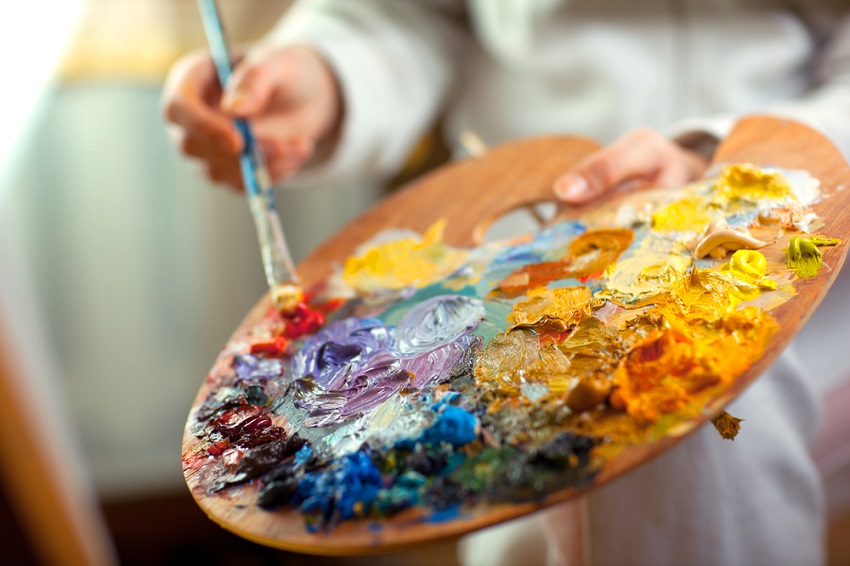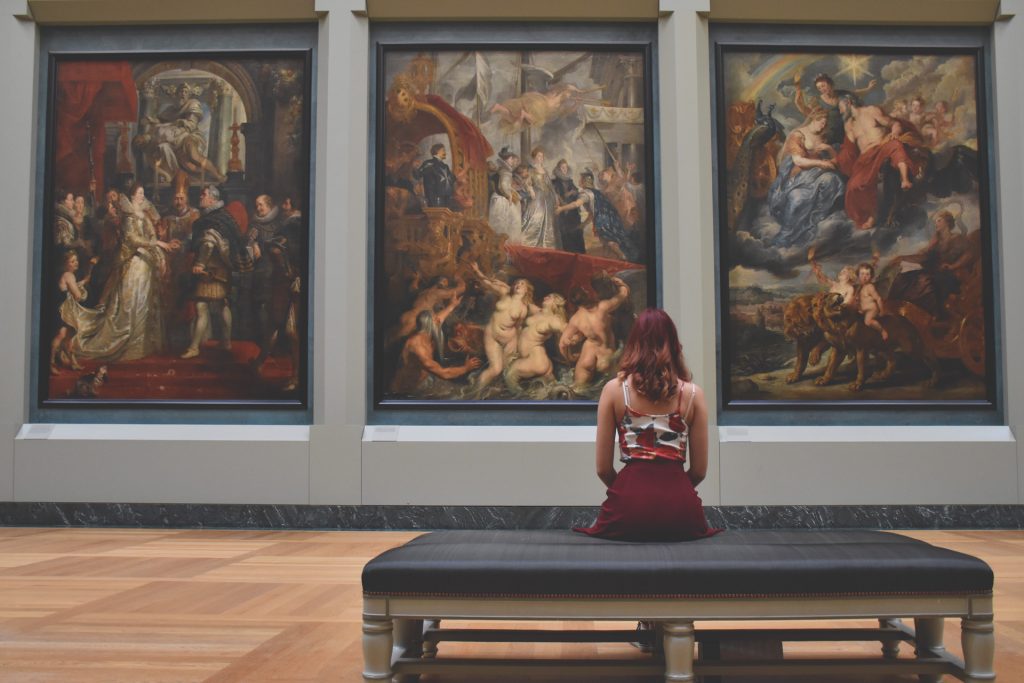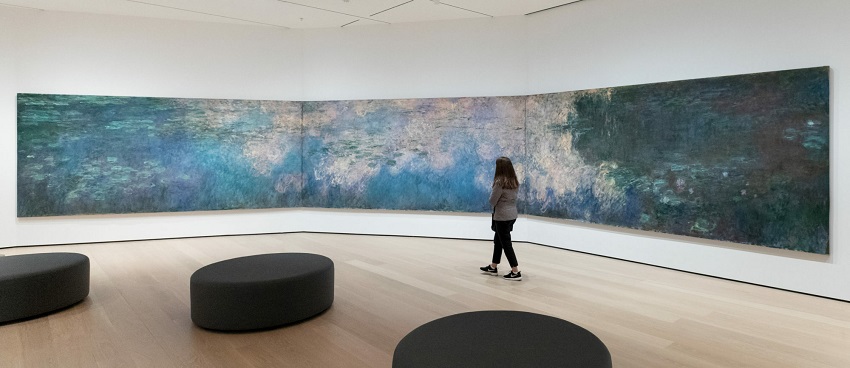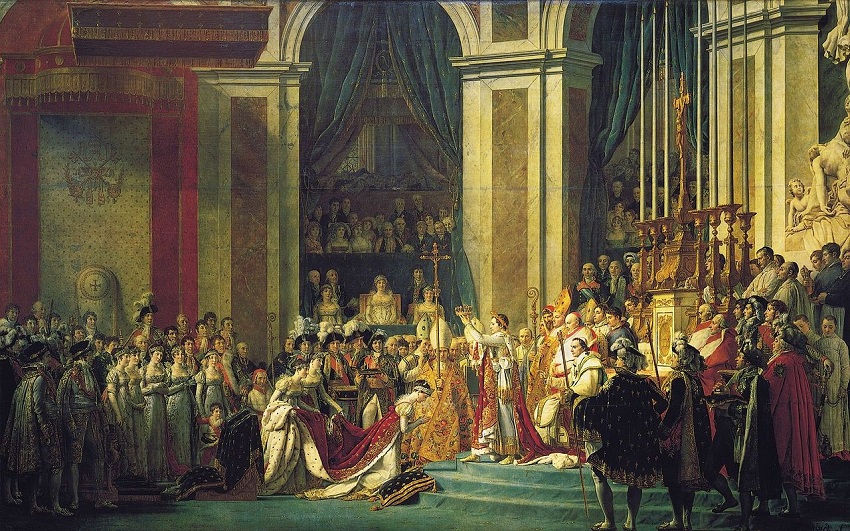In this article, we will explore the wonderful world of art therapy and discuss how it can benefit various individuals. Art therapy is a unique form of therapeutic intervention that utilizes the creative process of making art to improve one’s physical, mental, and emotional well-being. Unlike traditional talk therapy, art therapy allows individuals to express themselves non-verbally, making it particularly helpful for those who struggle to put their feelings into words. This article is provided by anxietyfightersguide.com
Understanding Art Therapy
Art therapy is a holistic approach that combines psychology and creativity. It aims to promote self-awareness, boost self-esteem, and facilitate emotional healing. By engaging in art-making under the guidance of a trained therapist, individuals can explore their emotions, thoughts, and experiences in a safe and supportive environment.
Children and Adolescents
Art therapy can be especially beneficial for children and adolescents. If you’re not familiar with it, art therapy is a form of therapy that allows individuals to communicate their inner world through drawings, paintings, or sculptures. Young individuals may find it challenging to articulate their feelings and emotions, making traditional therapy less effective. Through art therapy, children can discover what is art therapy and communicate their inner world. This process helps them process difficult experiences, cope with stress, and develop healthy coping mechanisms.
Adults Facing Mental Health Issues
Art therapy is widely used to support adults dealing with various mental health issues such as anxiety, depression, and PTSD. Engaging in creative activities can reduce stress, regulate emotions, and promote relaxation. It allows adults to confront their emotions and fears in a non-threatening manner, leading to personal growth and healing.
Individuals with Neurological Conditions
Art therapy has shown promise in helping individuals with neurological conditions like Alzheimer’s and Parkinson’s disease. Creating art can stimulate the brain, enhance cognitive abilities, and improve memory retention. Moreover, art-making provides a sense of accomplishment and joy, positively impacting the overall quality of life.
Survivors of Trauma
For survivors of trauma, words alone may not be enough to process the pain and confusion they carry. Art therapy can serve as a powerful tool in trauma recovery by helping individuals release bottled-up emotions and gain a sense of control over their narrative. Through artistic expression, survivors can reframe their experiences and find healing in the process.
Individuals on the Autism Spectrum
Art therapy can be highly effective in working with individuals on the autism spectrum. People with autism may face challenges in social communication, emotional regulation, and sensory processing. Engaging in art activities can foster self-expression, encourage social interaction, and provide a structured outlet for sensory exploration.
Stress Reduction and Relaxation
Art therapy is not solely reserved for those with specific issues. Anyone can benefit from the stress-reducing and relaxing effects of creating art. Engaging in art-making allows individuals to enter a state of flow, where they are fully immersed in the creative process, leading to a sense of peace and mindfulness.
Enhancing Problem-Solving Skills
Art therapy promotes divergent thinking, which is the ability to generate creative and multiple solutions to a problem. Through artistic exploration, individuals learn to think outside the box and develop innovative problem-solving skills that can be applied to various aspects of life.
Fostering Self-Discovery
Art-making is a journey of self-discovery. It enables individuals to connect with their inner selves, identify their strengths, acknowledge their vulnerabilities, and build a more profound understanding of who they are as a person.
Building Resilience
By engaging in the creative process and overcoming artistic challenges, individuals can build resilience and perseverance. This newfound resilience extends beyond the art studio and can help individuals navigate through life’s obstacles more effectively.
The Therapeutic Relationship
The therapeutic relationship between the art therapist and the client is crucial in art therapy. The therapist provides a safe, non-judgmental space, and the client is encouraged to express themselves freely through art. This relationship fosters trust, empathy, and understanding.
Art as a Metaphor
In art therapy, the artwork created can often serve as a metaphor for the individual’s emotions and experiences. Analyzing and discussing the art with the therapist can lead to deeper insights and self-awareness.
Cultivating Mindfulness
Creating art requires focus and concentration, which promotes mindfulness. Art therapy helps individuals stay present in the moment, fostering a sense of grounding and calm.
Art as Empowerment
Art therapy empowers individuals to take charge of their healing process actively. By making choices in their artistic expression, individuals gain a sense of agency and control in their therapeutic journey.
Conclusion
Art therapy is a powerful and versatile form of therapy that benefits a wide range of individuals. Whether you’re a child struggling with emotions, an adult facing mental health challenges, a trauma survivor, or someone seeking stress relief, art therapy offers a path towards self-discovery, healing, and growth.
FAQs about Art Therapy
Is art therapy suitable for all ages?
Absolutely! Art therapy can be tailored to suit the needs of individuals of all ages, from children to the elderly.
Do I need to have artistic talent to benefit from art therapy?
No, artistic skills are not required to benefit from art therapy. The focus is on the process and expression rather than the end result.
How long does art therapy take to show results?
The duration of art therapy varies depending on individual goals and needs. Some may experience positive changes quickly, while others may take more time.
Can art therapy replace traditional talk therapy?
Art therapy can complement traditional talk therapy, but it may not be a complete replacement. Each form of therapy offers unique benefits.
Is art therapy only for individuals with mental health issues?
No, art therapy can benefit anyone seeking personal growth, self-expression, and stress relief, regardless of whether they have mental health issues.







